The role of DOCK2 and ELMO1 in oesophageal adenocarcinoma cell migration
Mr Bertram Marks, Dr FEB May
Introduction
The incidence of oesophageal adenocarcinoma has increased six-fold over the past 40 years. Despite the increased prevalence, the 5-year mortality is still less than 15% and treatment doesn’t extend much beyond oesophagectomy.
Co-activators of Rac1, DOCK2 and ELMO1, were found to be mutated in 17% of oesophageal adenocarcinomas in a whole genome sequencing study. Rac1 is involved in actin cytoskeleton reorganisation. Our aims were to evaluate the effect of IGF-1 and EGF stimulation on oesophageal adenocarcinoma cell migration, detect DOCK2 and ELMO1 in these cells and investigate their role in stimulated migration.
Methods
DOCK2 and ELMO1 expression was measured in wild-type, Flo 1, increased DOCK2 copy number, OACM5.1c, and increased ELMO1 copy number, SK-GT-4, oesophageal adenocarcinoma cells by western transfer and immunofluorescence. Migration was measured using a wound healing assay. We investigated DOCK2 using pharmacological inhibition and ELMO1 using siRNA knockdown.
Results
ELMO1 was detected at higher levels in SK-GT-4 cells and was located in the cytoplasm. EGF stimulation caused perinuclear ELMO1 accumulation. IGF-1 and EGF stimulated cell migration. Cells with increased ELMO1 copy number migrated faster than their counterparts. Conversely, ELMO1 knockdown reduced cell migration. Pharmacological inhibition of DOCK2 led to cell detachment.
Conclusion
Our results demonstrate a role for IGF-1 and EGF in oesophageal adenocarcinoma cell migration. Via pharmacological inhibition and siRNA knockdown we implicated DOCK2 and ELMO1 in this migratory response. We propose that their frequent mutation rate is due to their involvement in cell migration and possibly invasion in oesophageal adenocarcinomas.
